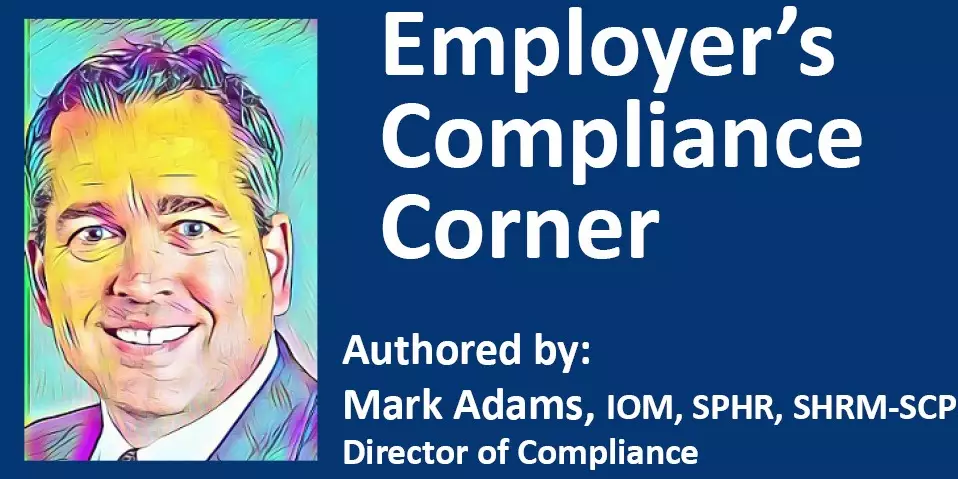
In today’s uncertain economic times, employers are realizing now more than ever before the critical need for acquiring and retaining talent. After all, talent is often the differentiator among competitors. In fact, two of Gartner’s 5 Top HR Trends and Priorities for 2023 center upon the need for better Leader and Manager Effectiveness (with a focus on a Human-Centric Leader that is both authentic and empathetic) and upon the Employee Experience.
Why? Because, when it comes to the workplace, managers cannot be complacent with the notion that they can unilaterally set the terms. Employers need to be employee-focused if not employee-centric to establish a working environment and experience where employees are appreciated and valued as they become ever more selective in where they want to work.
From the employee point of view, they endure pressures as well. COVID has caused many to re-prioritize their needs which comes with uncertainty too. Not surprisingly, with all of this pressure coming to bear, mental illness continues to be on the rise. In Mental Health America’s 2023 report “The State of Mental Health in America” which compiled data from 2019-2020, they found that 20.78% (or roughly 50 million Americans) were experiencing some form of mental illness and of those with a mental illness, 28.2% reported that they were able to get the treatment that they needed. The World Health Organization reported that the COVID-19 pandemic triggered a 25% increase in anxiety and depression worldwide. And, the Centers For Disease Control indicates that Depression is estimated to cause 200 million lost workdays each year at an employer cost of $17 to $44 billion. Indeed, the state of mental health among adults both within the workforce and the population is precarious at best.
In putting all this together, it points to the reality that employers need to proactively confront the issue of mental health in the workplace.
How does your organization stack up? Certainly, it is more than just what you have in your benefit package with your health insurance and/or employee assistance programs. Sure, those are important, and HR should ensure those benefits are available. But how is management approaching the topic? When confronted with cases among its employees how are they responding? Are they engaging their employees with empathy and concern? Or is there is a sense of skepticism and doubt since mental illness cannot be “seen” like a physical injury or condition?
While it does not show up in a X-ray like a broken bone, or on a MRI like a torn tendon, while it is not as quantifiable in terms of recovery like the countless surgeries that have been done on patients where there has been objective data compiled over time from post-surgery recoveries, that does not mean mental illness is not considered a disability nor does it mean that an employer doesn’t have a responsibility to provide reasonable accommodations where possible. In fact, the Equal Employment Opportunity Commission (EEOC), has longstanding guidance that points out that various forms of mental illness are covered under the Americans with Disabilities Act (ADA). In its guidance (which references the likes of depression, PTSD, bi-polar disorder and other conditions), the EEOC references that employers should consider the likes of altered break and work schedules (e.g., scheduling work around therapy appointments), quiet office space or devices that create a quiet work environment, changes in supervisory methods (e.g., written instructions from a supervisor who usually does not provide them), specific shift assignments, and permission to work from home. For employers who have been trying to roll back remote work initiatives, yes, working from home may still nonetheless be a reasonable accommodation consideration.
When it comes to reasonable accommodations and in engaging in the interactive process with employees, your managers and supervisors’ approach plays a critical role too. Are they open to “out of the box” means of how the job gets done? Or are they letting their preconceived notions and unconscious bias or skepticism of mental illness get in the way of trying to reasonably accommodate someone? If the interactive process is breaking down and reasonable accommodations are therefore not being considered or provided where available, then there is potential employer liability under ADA should a disability discrimination suit be brought forth.
Remember, under the ADA, it is an employer’s responsibility provide reasonable accommodations unless it poses an undue hardship to the employer. In its guidance, the EEOC indicates that undue hardship is to be based on an individualized assessment as to whether it would cause significant difficulty or expense based upon factors such as:
- the nature and cost of the accommodation needed;
- the overall financial resources of the facility making the reasonable accommodation; the number of persons employed at this facility; the effect on expenses and resources of the facility;
- the overall financial resources, size, number of employees, and type and location of facilities of the employer (if the facility involved in the reasonable accommodation is part of a larger entity);
- the type of operation of the employer, including the structure and functions of the workforce, the geographic separateness, and the administrative or fiscal relationship of the facility involved in making the accommodation to the employer;
- the impact of the accommodation on the operation of the facility.
In the end, HR should therefore remain vigilant in engaging both employees and managers to ensure that the reasonable accommodation interactive process takes place and challenge the status quo when it comes to how the essential function(s) of a job gets done. Doing so is essential not only to reduce the level of risk that a company may face, but also to alleviate the cost to the bottom line and to foster greater employee engagement and retention.
Thank you for viewing this article in EANE’s Employer’s Compliance Corner Blog, Authored by our Director of Compliance, Mark Adams. Please visit again soon to stay up to date on today’s compliance updates and best practices for employers.